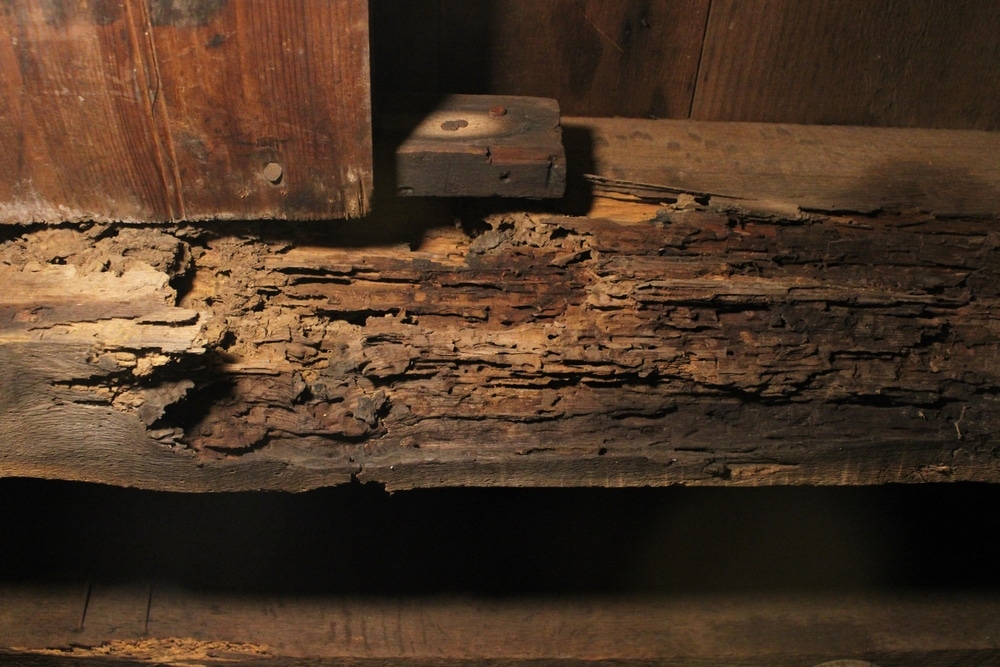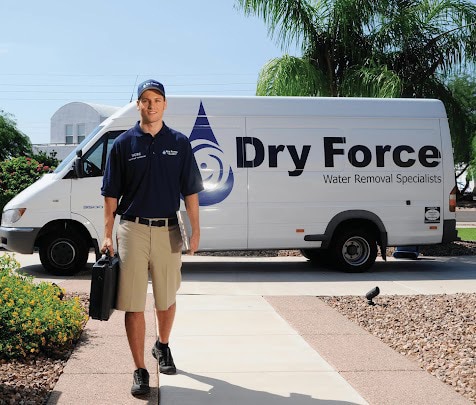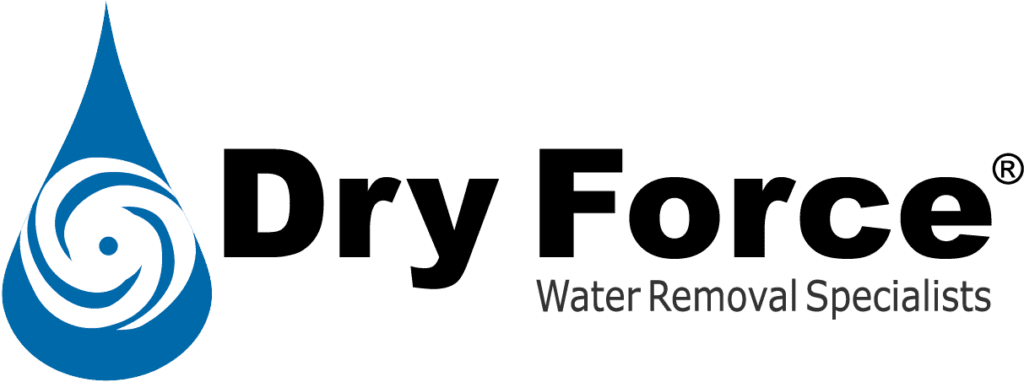
Uncovering rot isn’t the discovery you want to make in your crawl space. Rot usually means one thing: water damage. With water damage comes a host of problems, ranging from health hazards to structural issues. Floor joists often fall victim to water damage and wood rot. These beams are the real backbone of your home, supporting the entire framework of your flooring. Without them, you wouldn’t have a floor.
Floor joists carry a lot of weight—literally. These beams must be strong enough to hold the weight of your furniture, vibrations, impact loads, and even you. If you encounter rotten floor joists, the structural integrity of your home is at risk. To help you maintain a safe living environment, we have created an outline of how to repair your floor joists and reverse the effects of water damage.
Table of Contents
Top 4 Causes of Rotten Floor Joists in Houses
You are probably wondering what causes floor joist damage. After all, joists don’t just rot on their own. Here are the top four causes of rotten floor joists:
1. Wood Rot
Wood rot is one of the main reasons we urge homeowners to address mold issues immediately after discovering them. If you have recently faced a flood or a leak in your crawl space, the environment will be warm and humid—the perfect place for fungal growth. As your floor joists soak up excess moisture, the fungus will continue to grow into a fruiting body, causing your wood beams to crack.
2. Standing Water
Your home is surrounded by pipes. When pipes burst, the damage can be catastrophic. Burst pipes often go unchecked and can lead to mold, rot, and mildew. Make sure you are regularly checking your crawl space for any signs of standing water or rotten floor joists. If you find standing water, you will need to contact a professional to inspect your joists, foundation, flooring, and other areas in your house.
3. Gutter Issues
Your downspouts should be pitched at the proper slope. If your slope is off, water won’t drain correctly and will begin to pool around the base of your home. All of this water has to go somewhere, so it will eventually seep through your slabs and find its way into your crawl space.
Read More: What Are the Causes of Water-Damaged Wood Beams in Houses?
4. Pest Infestations
Yes, pests can also contribute to floor joist rot. Pests like termites can make camp in your home for a long time without being detected. When they are, it’s already too late. If you have a pest infestation, your best-case scenario is to contact an exterminator. Don’t replace the damaged wood until you are certain the infestation is gone—otherwise, you are just supplying the termites with a four-course meal.

Ways to Identify a Rotten Floor Joist on Your Property
Now that you know what causes floor joist rot, let’s brush up on how to identify it. The best way to identify and repair rotten floor joists is to visually inspect your home. Signs of floor joist water damage are not limited to your crawl space. Look for signs like:
- Cracked doors and windows
- Stained floors or ceilings
- Mold or new allergies
- Sagging or uneven floors
- High condensation levels
- Pest issues
Should I Repair Floor Joists With Water Damage Myself?
We discourage homeowners from do-it-yourself (DIY) floor joist repairs. The only time DIY floor joist repairs are appropriate is if you have the tools, knowledge, and home restoration experience required to do it right. Otherwise, call a licensed contractor to repair your damaged floor joists. A professional will evaluate the situation and repair your floor joists for you. Don’t put your home in jeopardy.
Read More: Can Turning Your Garbage Disposal on Fix a Clogged Dishwasher?
3 Ways to Prevent Wood Rot
Sometimes, wood rot is unavoidable. Although most of the time, you can avoid rotten floor joists by making a few adjustments and taking extra precautions. Check out three ways you can help protect your home from wood rot:
1. Install a Pump
A pump removes excess water from your basement or crawl space. Without one, water will continue to accumulate and cause serious issues like rotten floor joists.
2. Crawl Space Encapsulation
This sounds fancy, but crawl space encapsulation or crawl space sealing is simply a vapor barrier placed in your crawl space. This vapor barrier is made of impermeable polyethylene that prevents excess moisture and keeps humidity levels low.
3. Get a Dehumidifier
A dehumidifier is a great option for those without a vented crawl space. Install a dehumidifier in your encapsulated crawl space to help circulate air and reduce humidity levels.
Water Damage Mitigation, Extraction, and Restoration Services
The team at Dry Force offers extensive emergency water mitigation services for homes and will help you restore damaged floor joists on your property. If you have recently discovered rotten floor joists in your home, call us at (877) 589-7504 for emergency services.
We will be on your property in less than an hour to mitigate the damages, extract any standing water, and save your home from a floor collapse. We are committed to offering superior water damage restoration services in Pecan Grove, TX and will help you with floor removal and joist inspection.

